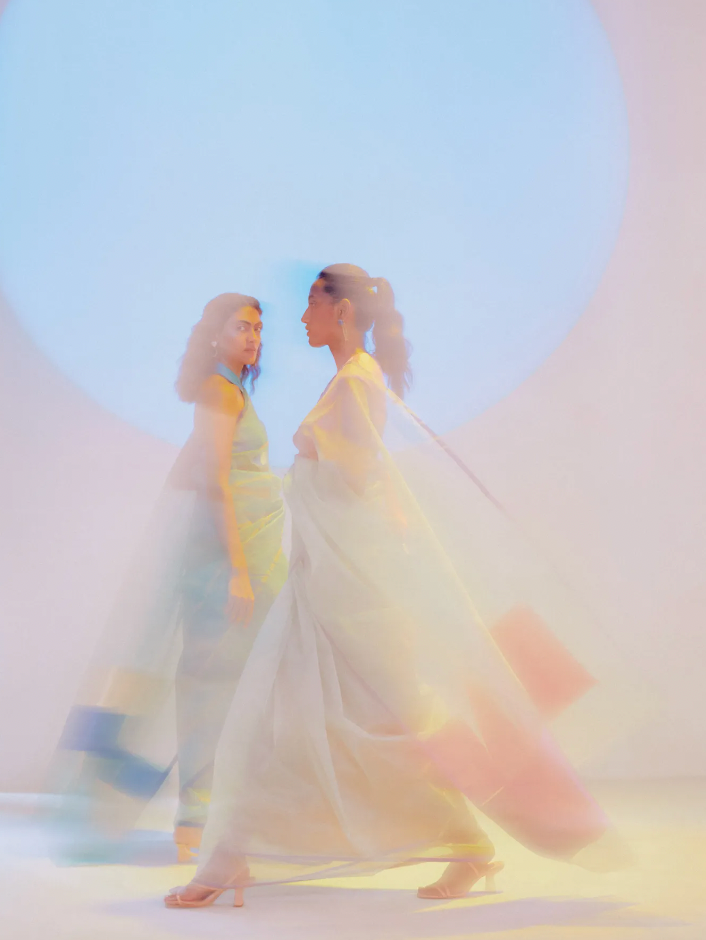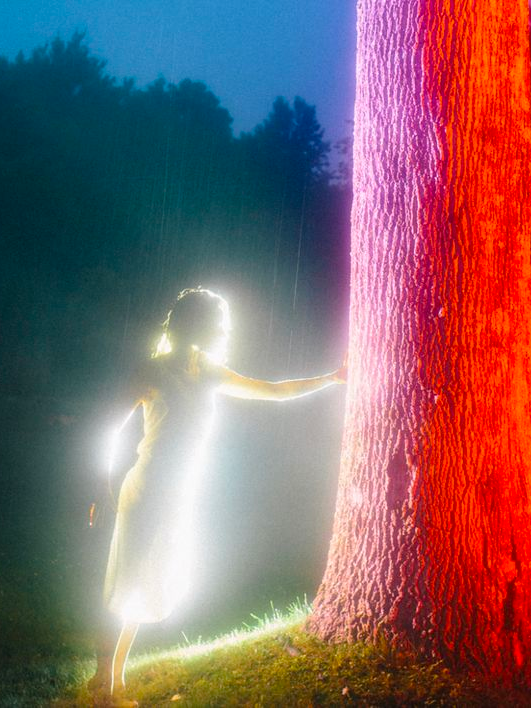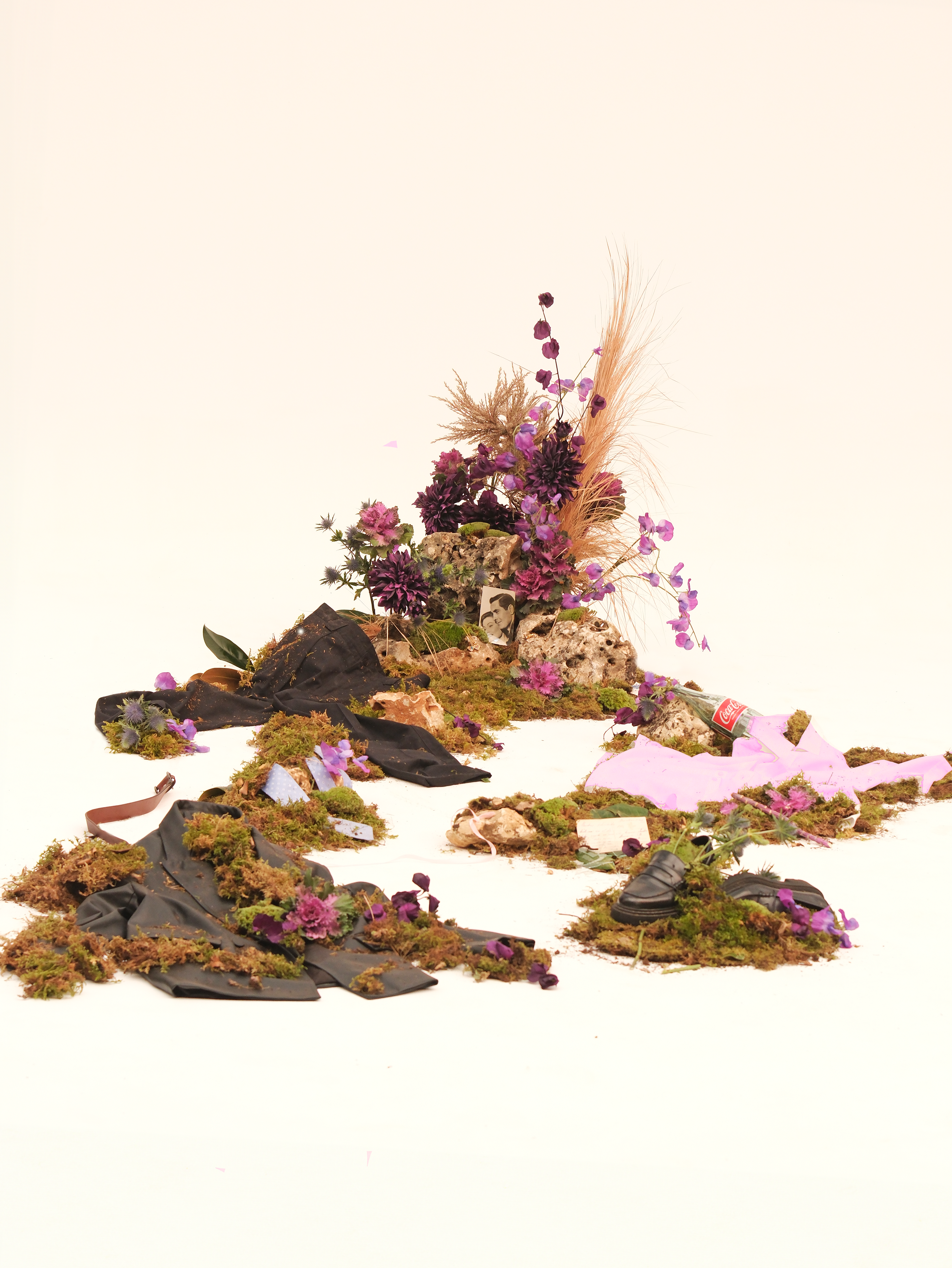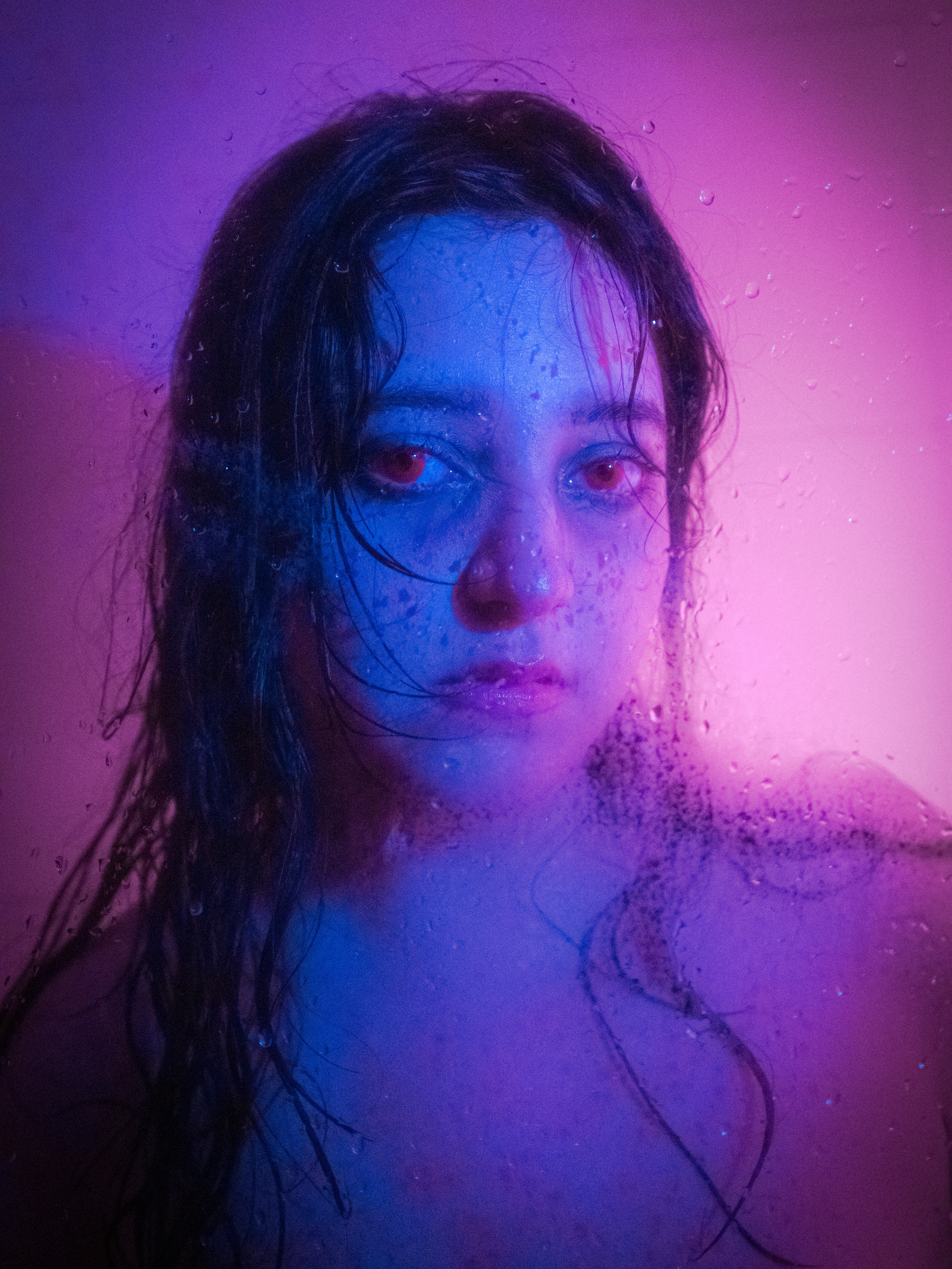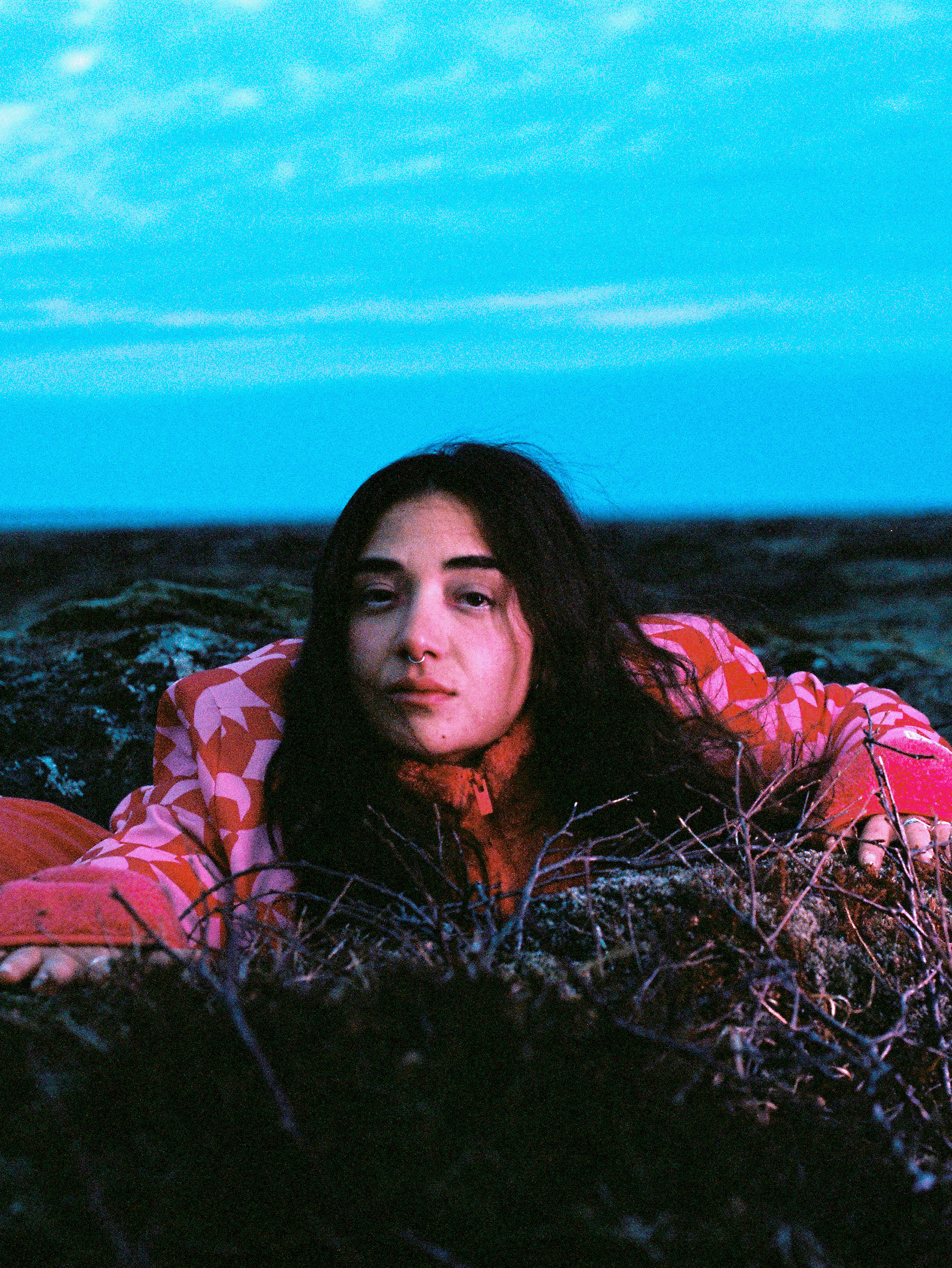Ira, the untouchable is cursed to be an assassin - who, upon her touch, kills it with venom. The story follows her internal world, her battles and her struggles as someone who cannot touch or be touched. Set in a purple desert, the film constantly juggles between desire and disobedience, between life and death, and between possibility and impossibility. Ira, as her frustration and dislike of killing grows, she develops a desire to attempt to grow life instead of killing it.
Crimson Venom follows the story of a character that has poisonous touch who desires to grow plants in a desert. Not only is the desert paradoxically a landscape that hosts harsh conditions for life, but also her touch immediately kills any life. How will she proceed? The film ultimately explores the surrealist possibilities of film fully made with AI - from visuals, to sound and script. As a topic that is emerging and increasingly urgent to incorporate in the creative conversation - it invites us, as makers, and institutions to bridge a conversation surrounding the unknown and how to create new models of data to feed the creative AI.
The fundamental premise of the AI is that it is constantly presenting information from the past; and when you think about it, its fundamental error is that its tethered to the past and cannot look forward, which is something humans are unique for.
The fundamental premise of the AI is that it is constantly presenting information from the past; and when you think about it, its fundamental error is that its tethered to the past and cannot look forward, which is something humans are unique for.
The gift of creativity is that of imagination, dreams, songs, art, dance and more - all which contribute to the construction of future(s).
Creatives find ways to bridge conversations, disciplines, and materials in ways that one would not have otherwise imagined.
The film not only pushes the thresholds of AI but also encounters innately human concepts as part of the plot: touch and no touch; love and desire; mission and destiny. The latter are all notions the AI has to decipher with the creation of new images. The creative concept is really about undergoing a surrealist journey of remixing and telling stories through film in an alternative manner.
Creatives find ways to bridge conversations, disciplines, and materials in ways that one would not have otherwise imagined.
The film not only pushes the thresholds of AI but also encounters innately human concepts as part of the plot: touch and no touch; love and desire; mission and destiny. The latter are all notions the AI has to decipher with the creation of new images. The creative concept is really about undergoing a surrealist journey of remixing and telling stories through film in an alternative manner.
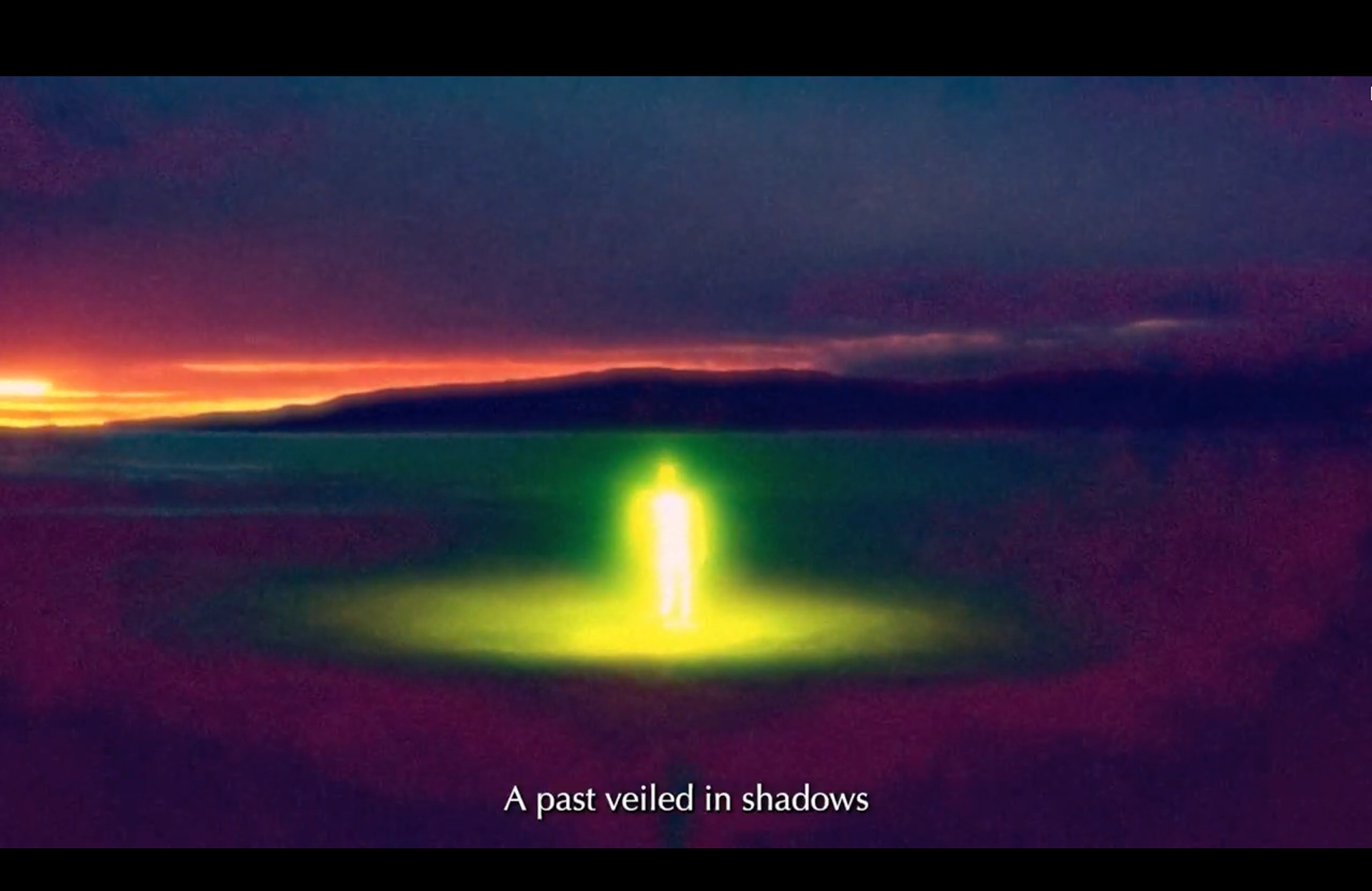
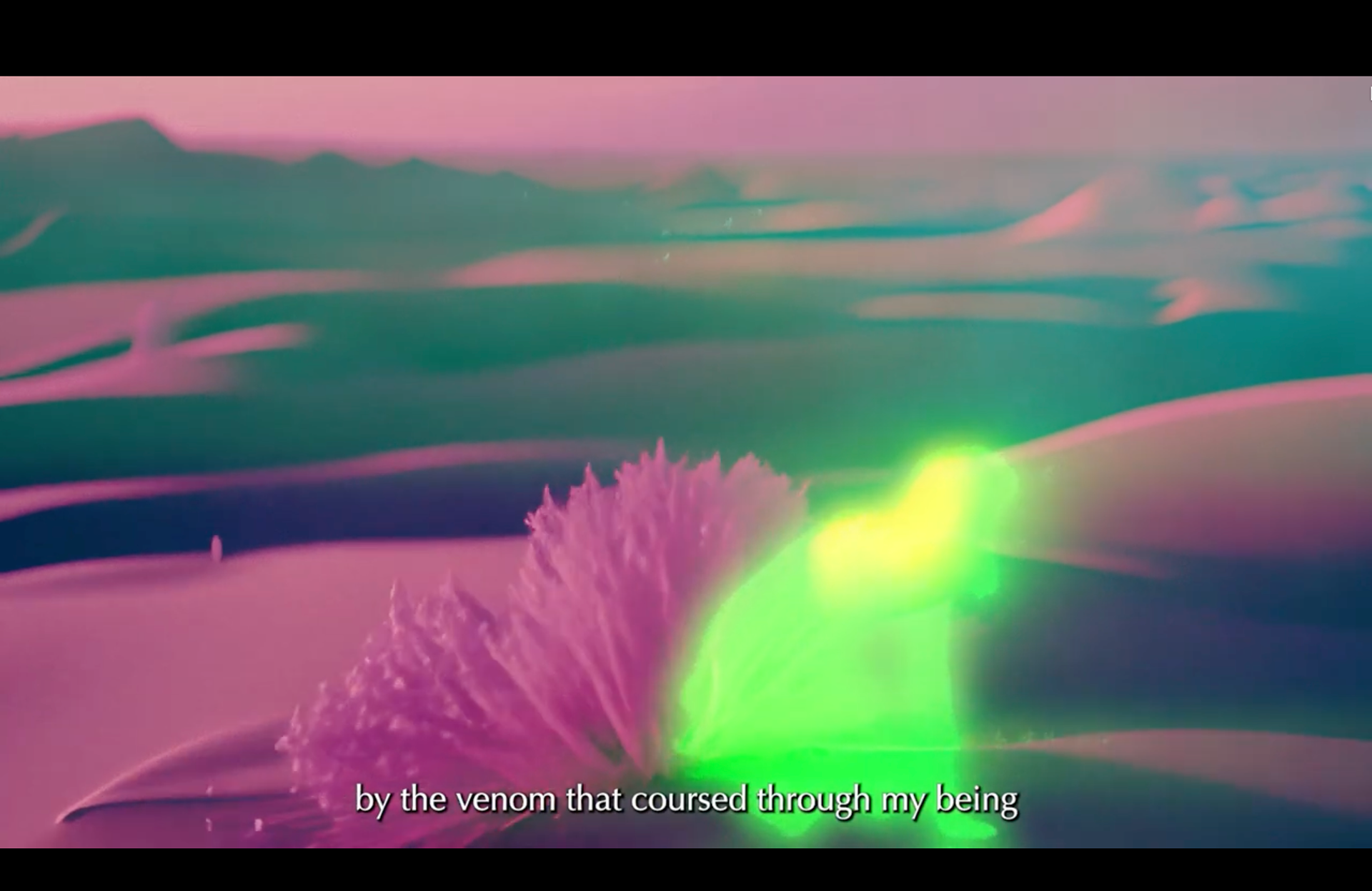
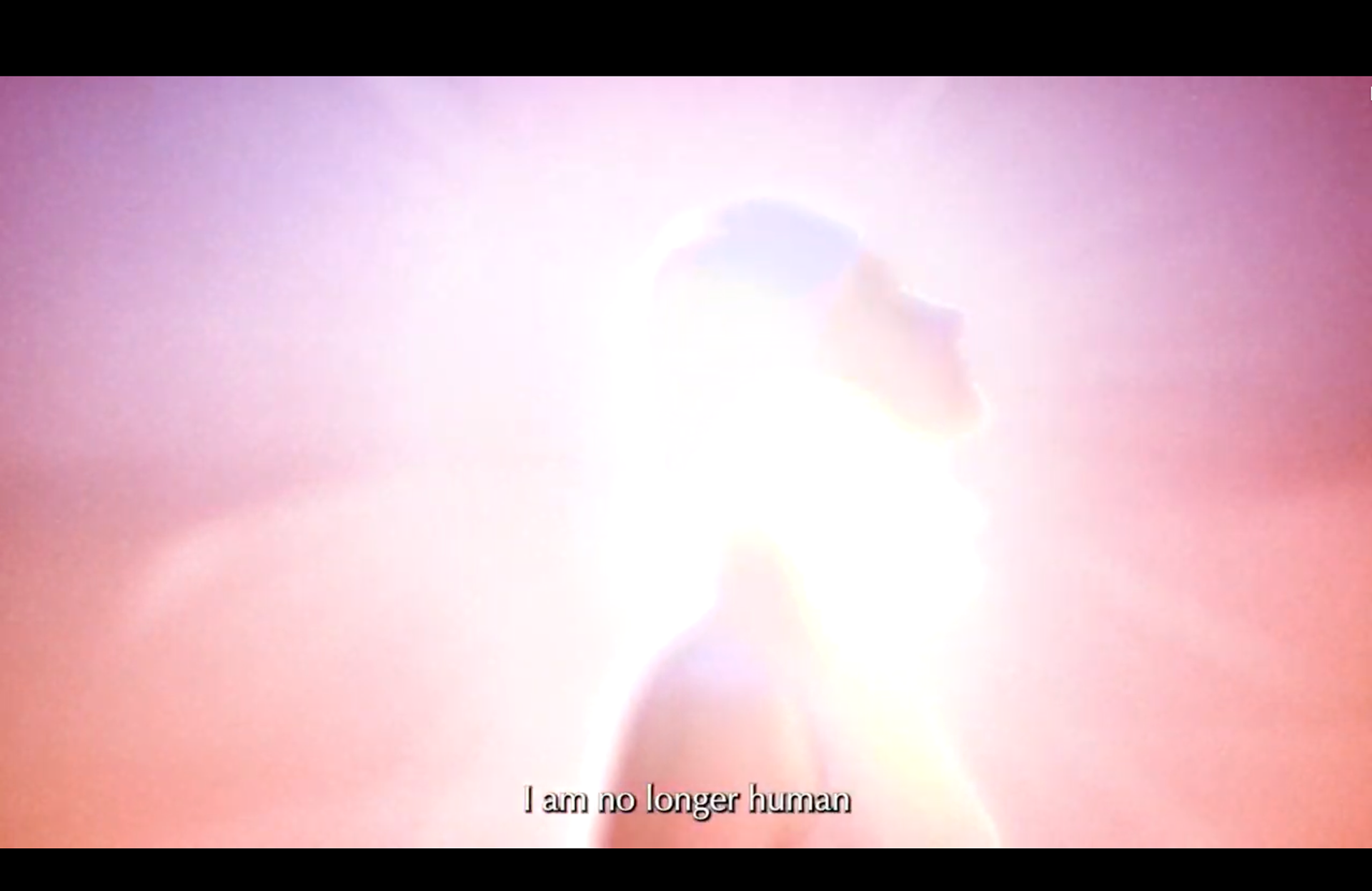
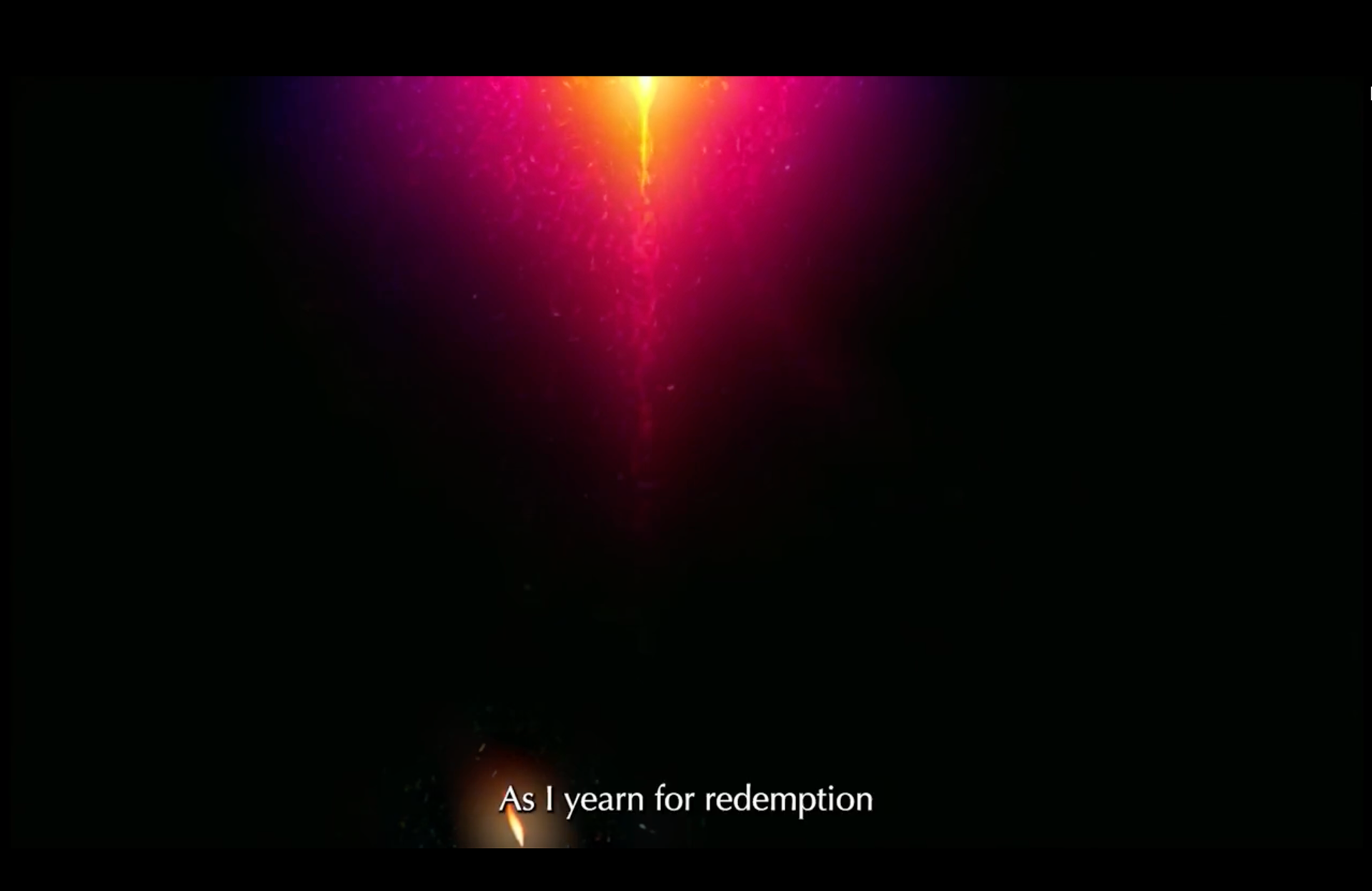
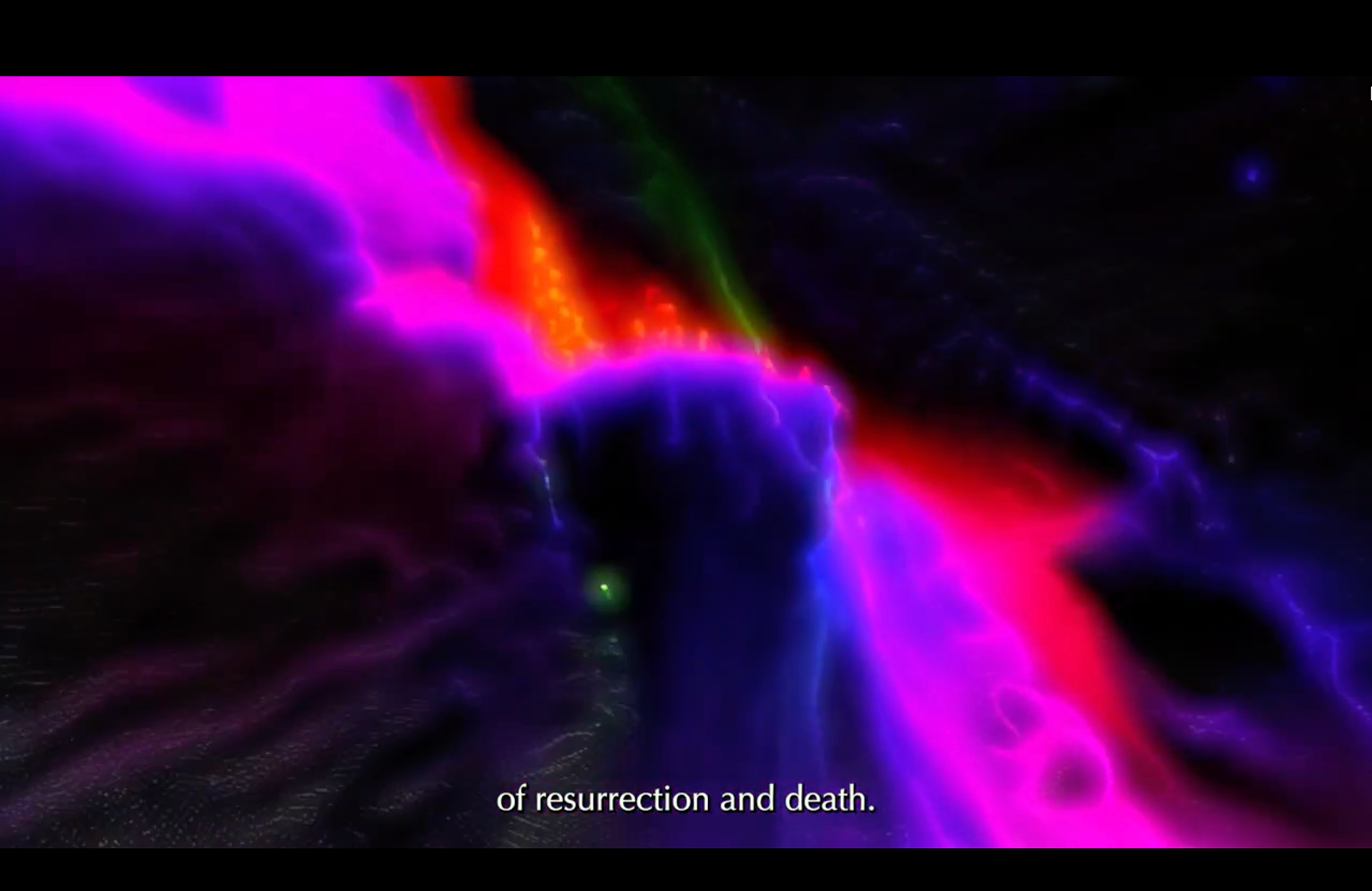

Story development by Arushi Nayar
Special thanks to Bernard Arce.
Sound & Music by Laila Saber Rodriguez with the assistance of Marco Caricola.

